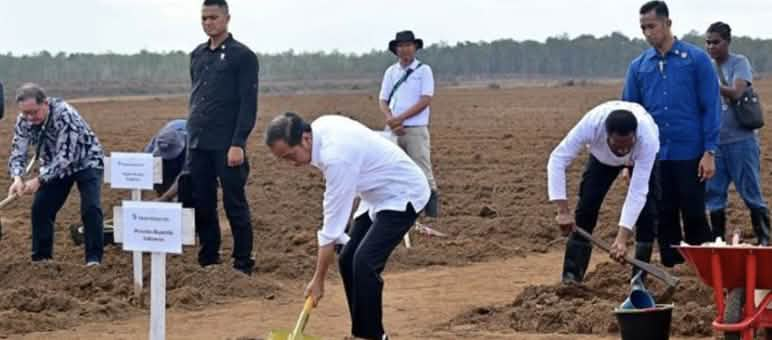
Indonesia: Papua’s future is at stake
According to the study Land Clearing in Papua: 2024–2025 Trends and Drivers, agribusiness projects for sugarcane and palm oil are driving alarming forest loss in Papua. The analysis is based on satellite imagery and scientific data.
The study Land Clearing in Papua: 2024–2025 Trends and Drivers examines Papua, the western part of the island of New Guinea, because its rainforests, dry forests, and wetlands are under acute threat – especially since the Indonesian government has been forcefully advancing its National Strategic Projects (PSN). The PSN Merauke in southern Papua covers three million hectares of sugarcane and rice plantations, ethanol production facilities, and infrastructure.
Rainforest Rescue is working intensively to safeguard Papua’s forests and defend Indigenous peoples.
Our petition “Indonesia: Stop the destruction of Papua’s Marind forest” urges an immediate halt to the project and protection for Indigenous Papuans and their rights.
In the Nusantara Atlas, where the study was published, users can explore interactive satellite data to track where and when forests are being cleared, fires are breaking out, or plantations are being established. The Nusantara Atlas reveals deforestation trends, land-use change, and forest fires across Indonesia, Malaysia, Brunei, Papua New Guinea, and Colombia.
Key findings of the study Land Clearing in Papua: 2024–2025 Trends and Drivers
- Primary forest loss in Papua reached 25,300 hectares in 2024 – 10 percent more than in the previous year. Current data show that the pace is accelerating in 2025.
- One third of all primary forest loss is linked to the PSN in the Merauke district of southern Papua. Between June 2024 and June 2025, 9,835 hectares of primary forest were destroyed – making this project the single largest driver of deforestation.
- Beyond primary forest, PSN Merauke has destroyed other intact ecosystems, including forests, wetlands, savannas, and grasslands. By June 2025, the total loss amounted to 22,272 hectares.
- Palm oil is the second-largest driver of deforestation in Papua. In 2024, 3,577 hectares of rainforest were cleared for oil palm plantations, mainly in Sorong in the west of the island.
- The greatest threat from PSN Merauke is still ahead: a 135 km road that will open access to previously remote forests. By June 2025, 40 km of this road had already been built.
- The main corporations behind the destruction of rainforests and other ecosystems are the Indonesian companies Jhonlin, Fangiono, and Salim.
- Palm oil and pulp companies are continuing to expand.
- Mining activities are increasing on fragile small islands with exceptionally rich biodiversity. One example is Raja Ampat in the Coral Triangle – the most biodiverse coral reef ecosystem in the world.
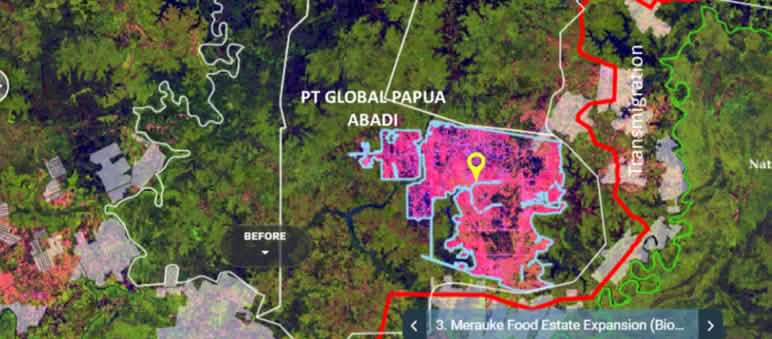
Conclusions of the study
PSN Merauke has become the entry point for extractive industries.
In a short time, 22,272 hectares of natural ecosystems have already been cleared here – including primary rainforest, wetlands, and savanna. Yet the greater danger lies in what is still to come.
Once the new 135 km PSN road built by the Jhonlin Group is completed, the impacts on nature and people will increase significantly:
- The road ends only 1 km from the Danau Bian Wildlife Reserve, putting this protected area at risk.
- Just 20 km to the east lies the Trans-Papua Highway.
- The road will intersect with another that was built in 2012 for the Merauke Food and Energy Estate (MIFEE), creating a network that opens up access to remote forest regions.
- In Wasur National Park, poaching will intensify.
- The influx of settlers – both state-sponsored and voluntary – will spur land speculation and further deforestation.
- The culture, identity, and rights of Indigenous Papuans face a very serious threat.
Recommendations of the study
To prevent Papua from losing more ecosystems that cannot be restored – for short-term profits that are neither lasting nor widely shared – Nusantara Atlas recommends:
- Urgent course correction
- Securing Indigenous land rights
- Science-based land-use planning
- Ending large-scale agribusiness projects
- A moratorium on oil palm plantations in forested areas
- A ban on mining on small islands
Papua, the western part of the island of New GuineaNew Guinea is the largest tropical island in the world. The eastern part of the island is the state of Papua New Guinea. The western part is called Papua and is part of Indonesia.
This page is available in the following languages:
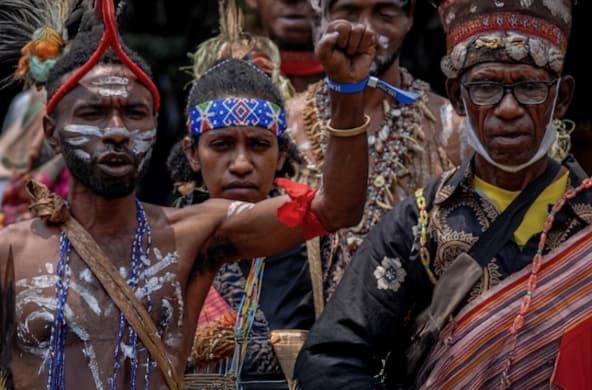
Indonesia: Stop the destruction of Papua’s Marind forest!
Indonesia is implementing a sugar and ethanol program in southern Papua under military protection. Two million hectares of rainforest and Indigenous land are at risk.
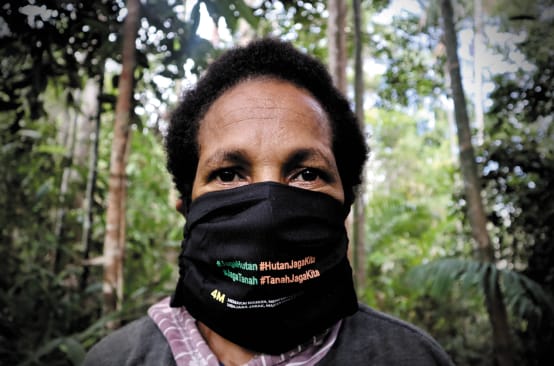
Saving the rainforest of southern Papua and empowering Indigenous Papuans
The rainforests in Papua are experiencing an unprecedented onslaught of timber, palm oil and mining companies. Land grabbing and clear cutting are rife. Indigenous Papuans are losing their livelihoods as the forest disappears. The environmental and human rights organization Pusaka is mounting a defense against environmental destruction and land grabbing.
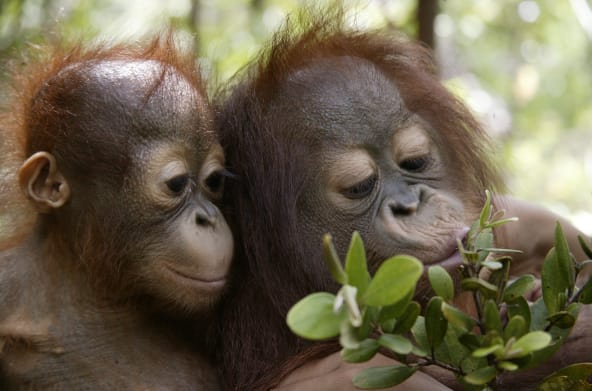
The rainforest
A green sea of ferns, mosses, vines and ancient trees. Iridescent butterflies and colorful birds. Flowers in every hue of the rainbow. The “green lung” is a natural wonder of the world. Find out more about the world’s most diverse, fascinating and threatened ecosystem.